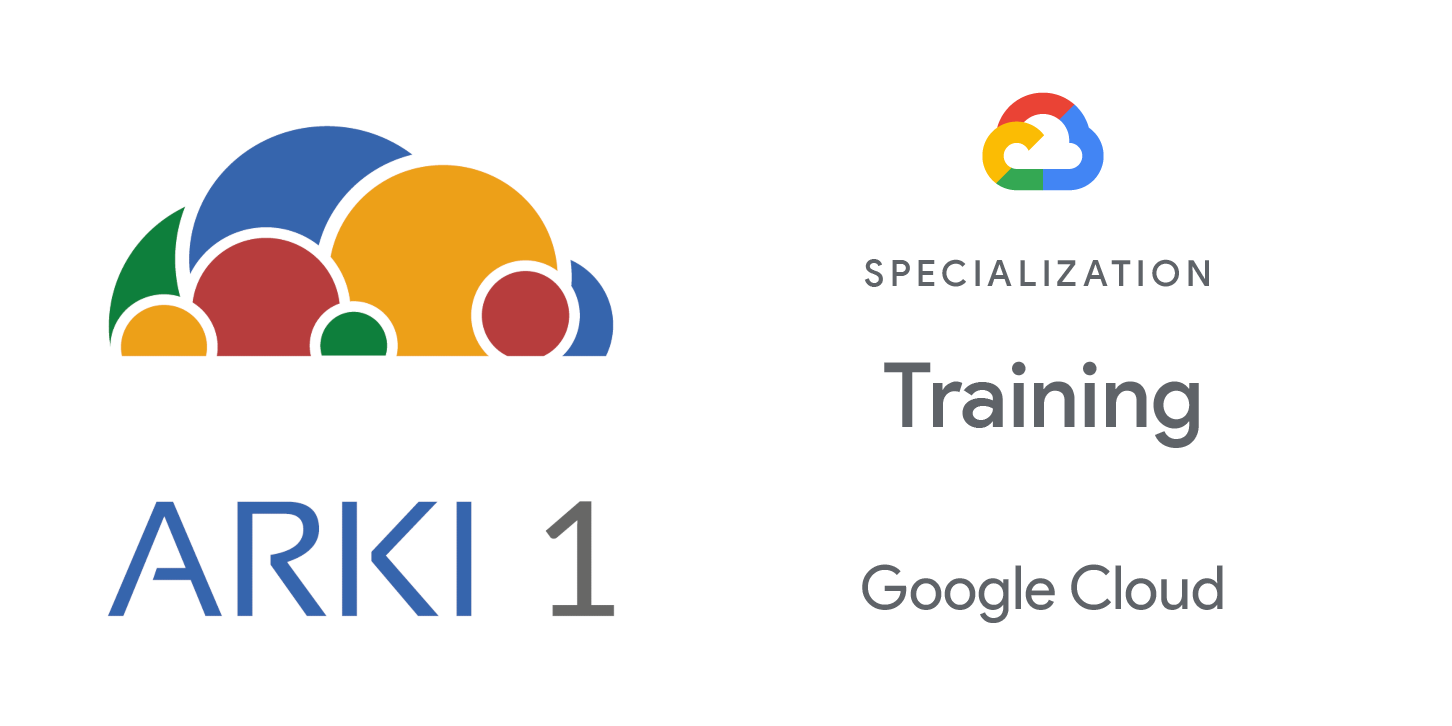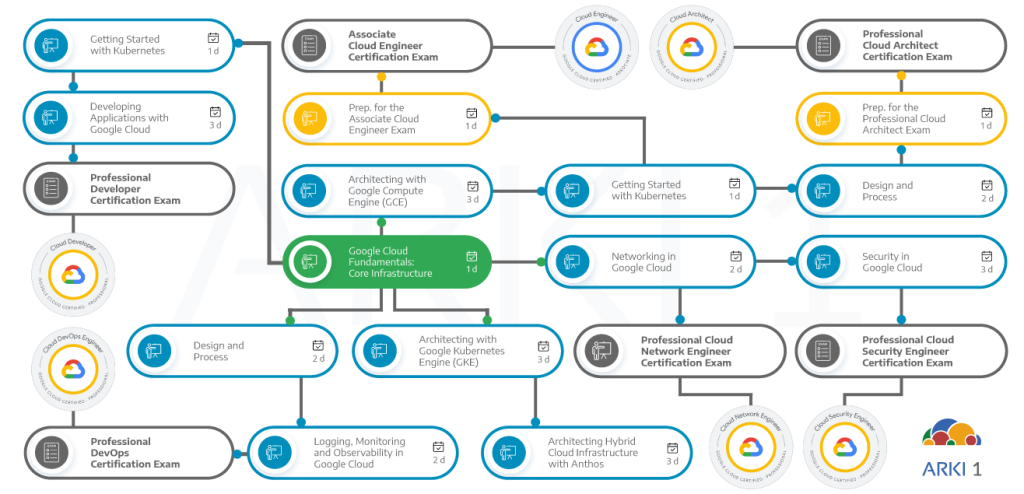Duração: 1 dia (8 horas)
Aprenda sobre e compare muitos dos serviços de computação e armazenamento disponíveis no Google Cloud, incluindo o Google App Engine, Google Compute Engine, Google Kubernetes Engine, Google Cloud Storage, Google Cloud SQL e BigQuery.
Você aprenderá sobre ferramentas importantes de gerenciamento de recursos e políticas, como a hierarquia do Google Cloud Resource Manager e o Google Cloud Identity and Access Management (IAM).
Neste curso, os participantes aprenderão as seguintes habilidades:
Identificar o propósito e o valor dos produtos e serviços do Google Cloud.
Escolher e utilizar ambientes de implantação de aplicativos no Google Cloud: App Engine, Google Kubernetes Engine e Compute Engine.
Escolher e utilizar opções de armazenamento do Google Cloud: Cloud Storage, Cloud SQL, Cloud Bigtable e Firestore.
Interagir com os serviços do Google Cloud.
-
Descrever maneiras pelas quais os clientes têm utilizado o Google Cloud.
Esta aula destina-se ao seguinte público:
• Indivíduos planejando implantar aplicativos e criar ambientes de aplicativos no Google Cloud.
• Desenvolvedores, profissionais de operações de sistemas e arquitetos de soluções iniciando no Google Cloud.
• Executivos e tomadores de decisão empresariais avaliando o potencial do Google Cloud para atender às suas necessidades comerciais.
Para aproveitar ao máximo este curso, os participantes devem atender aos seguintes critérios:
- A familiaridade com o desenvolvimento de aplicativos, operações de sistemas, sistemas operacionais Linux e análise de dados ou aprendizado de máquina é útil para compreender as tecnologias abordadas.
Caso tenha interesse em uma turma fechada para sua empresa, entre em contato conosco.
Resumo do curso
- Identify the advantages of Google Cloud.
- Define the components of Google’s network infrastructure, including: Points of
presence, data centers, regions, and zones. - Classify the difference between Infrastructure-as-a-Service (IaaS) and Platformas-a-Service (PaaS).
- Identify the purpose of projects on Google Cloud.
- Define the purpose of and use cases for IAM.
- List interaction methods with Google Cloud.
- Use Cloud Marketplace to interact with Google Cloud.
- Explore the basics of networking in Google Cloud.
- Identify the purpose of and use cases for Google Compute Engine.
- Outline how Compute Engine can scale.
- Detail important VPC compatibilities including routing tables, firewalls, and VPC peering.
- Explore how Cloud Load Balancing functions in Google Cloud.
- Deploy a basic infrastructure to Google Cloud.
- Identify the purpose of and use cases for Cloud Storage.
- Distinguish between Cloud Storage classes.
- Distinguish between Google Cloud’s database storage options.
- Deploy an application that uses Cloud SQL and Cloud Storage.
- Define the concept of a container and identify uses for containers.
- Identify the purpose of and use cases for Kubernetes and Google Kubernetes Engine.
- Identify the purpose and use cases for Cloud Run.
- Describe how Cloud Functions can support application development on Google Cloud.
- Deploy a containerized application on Cloud Run.
- Describe how Cloud Source Repositories and Cloud Functions can support
application development on Google Cloud. - Explain how template-based creation and management of resources leverages
a template to produce efficient app deployment and management.
- Define SLIs, SLOs, and SLAs.
- Identify the purpose of integrated monitoring, alerting, and debugging.


